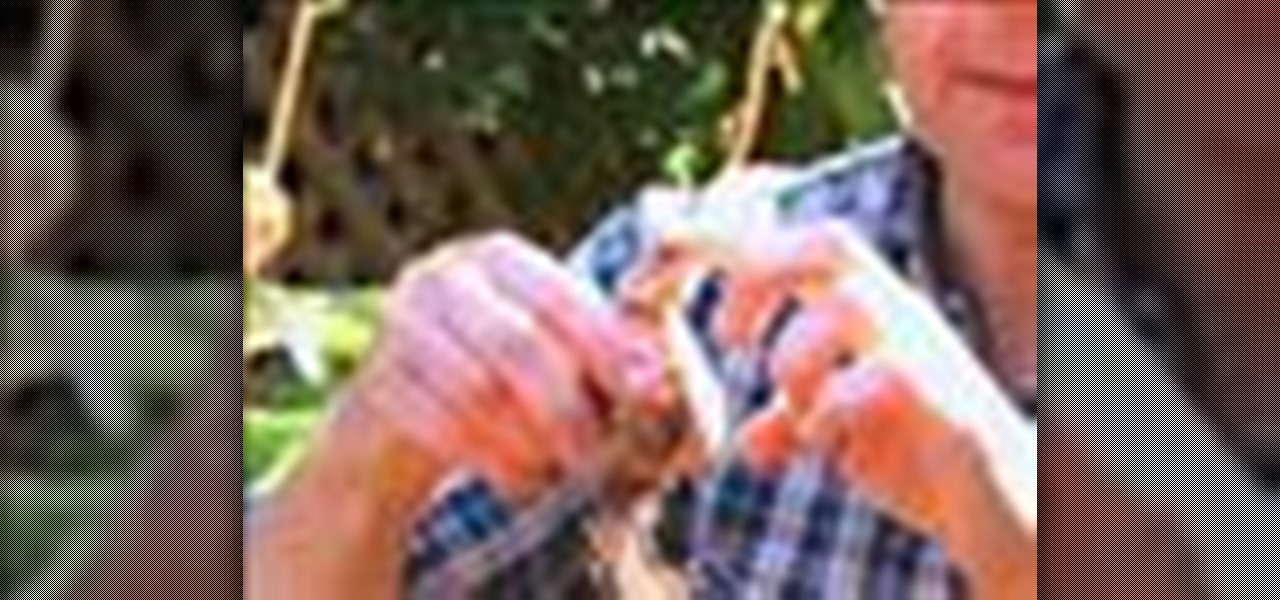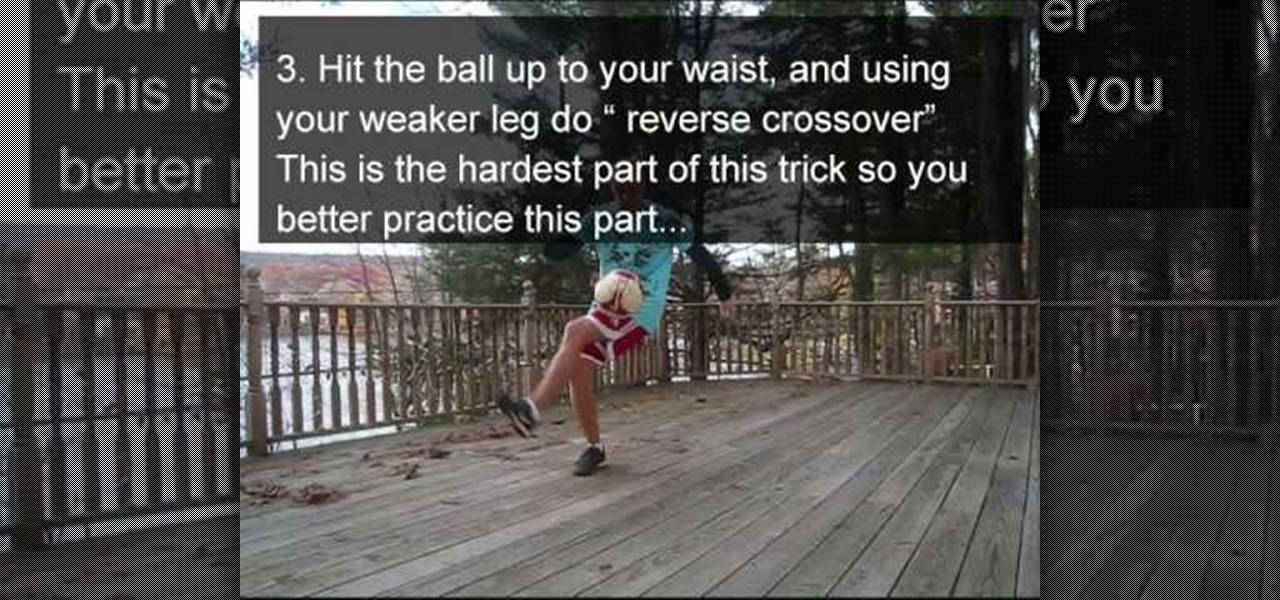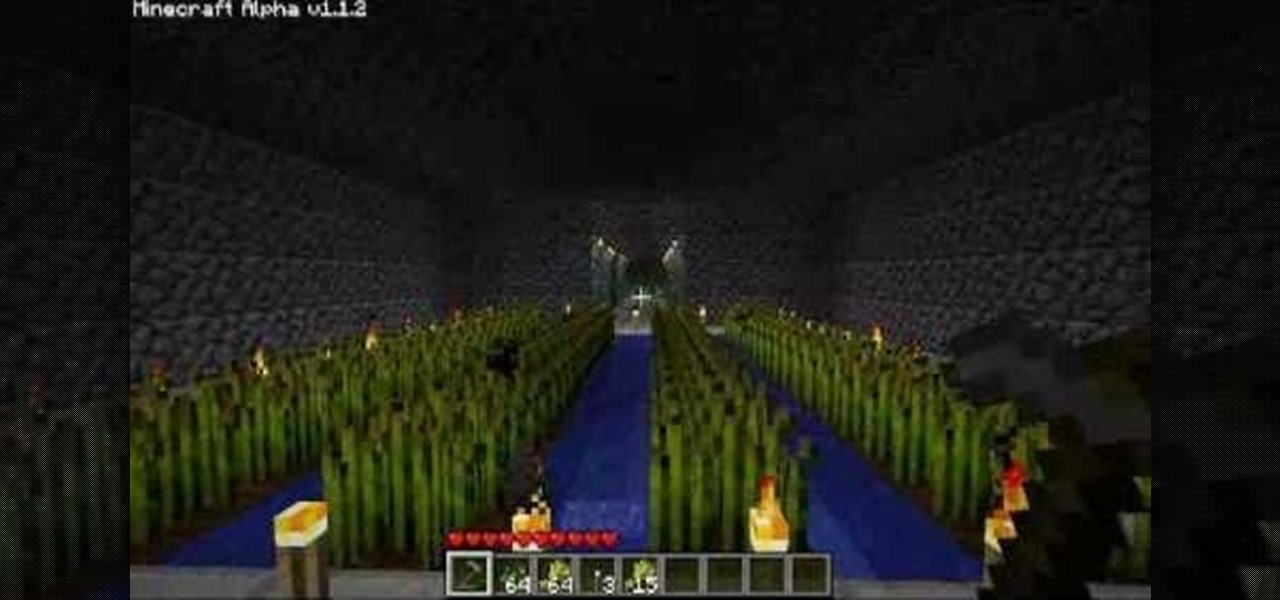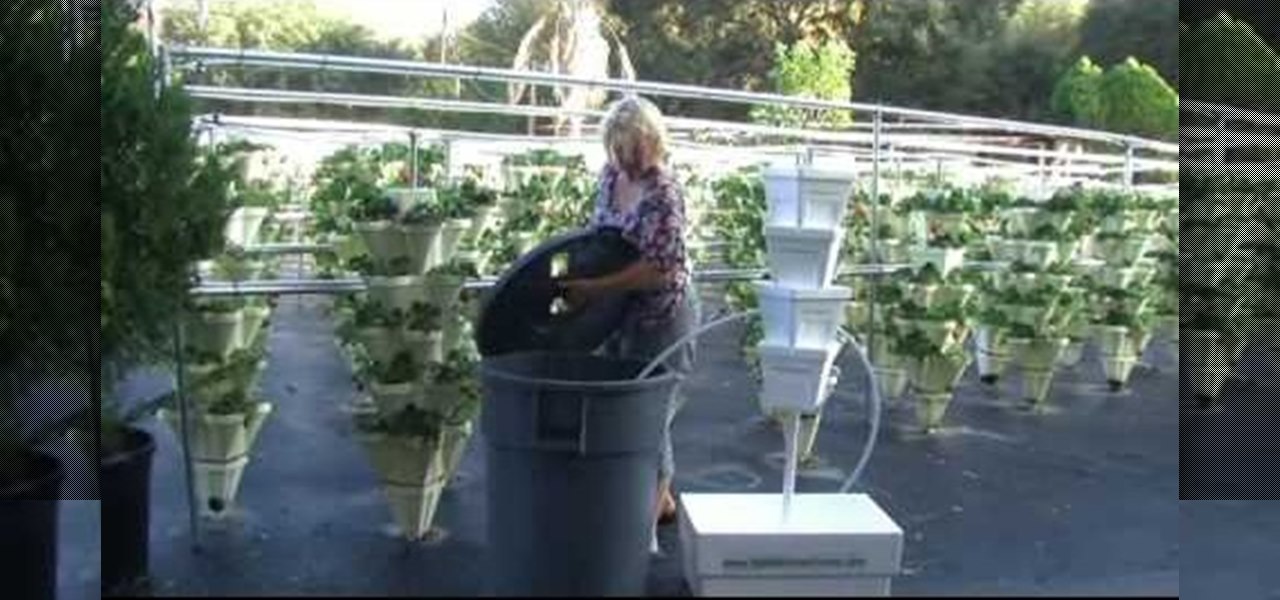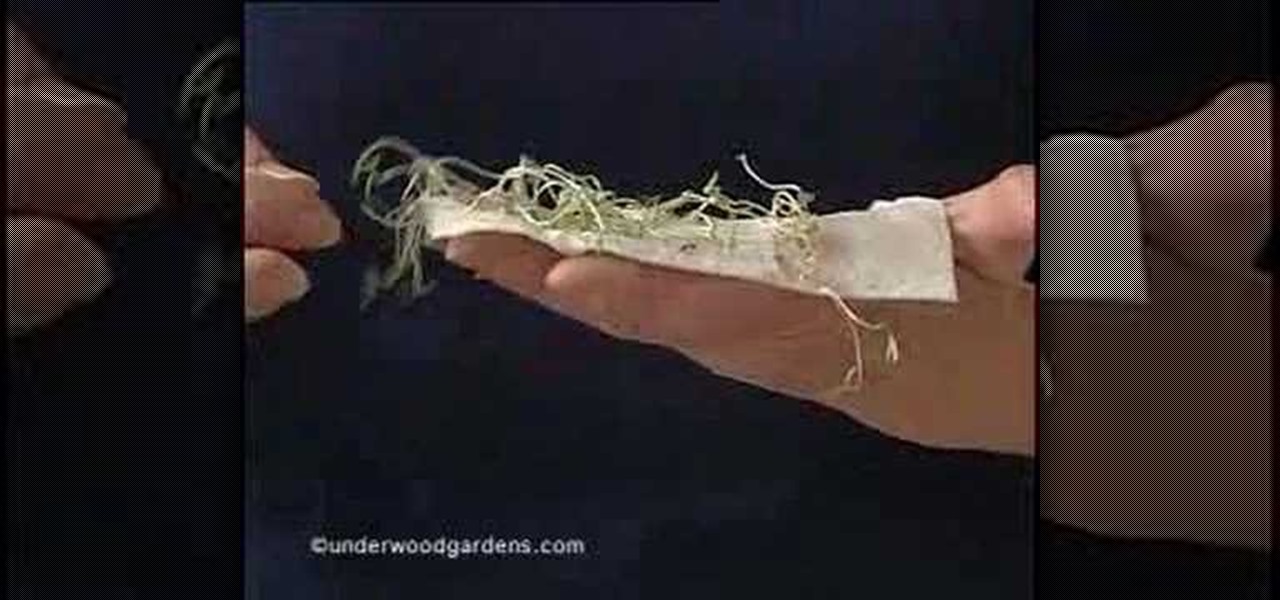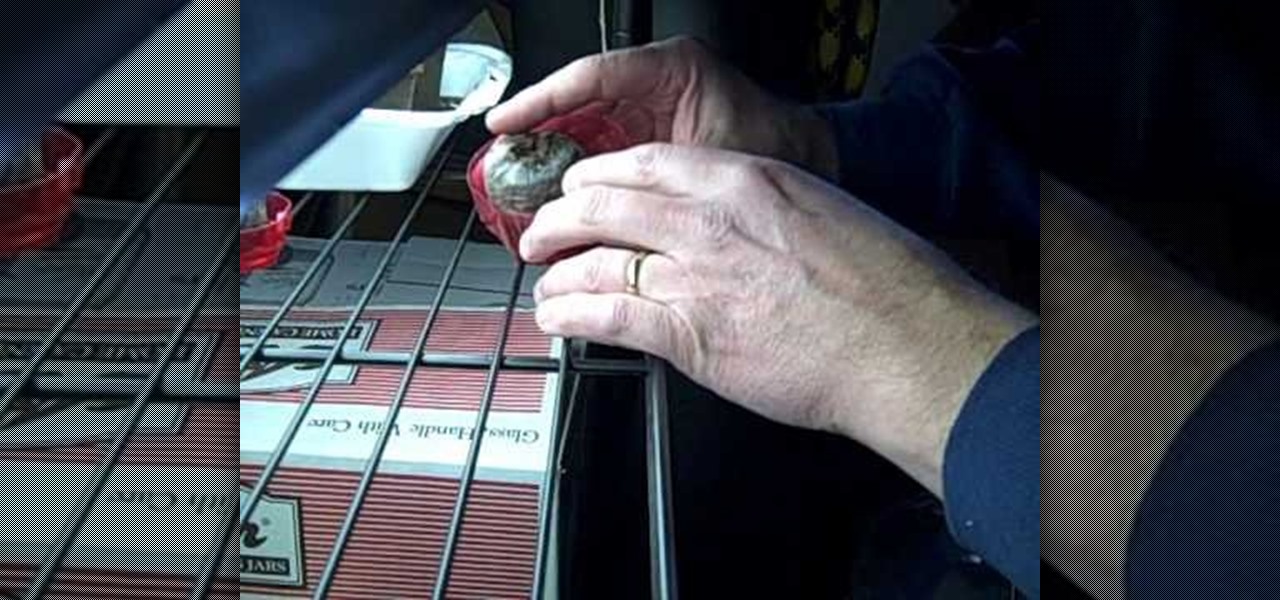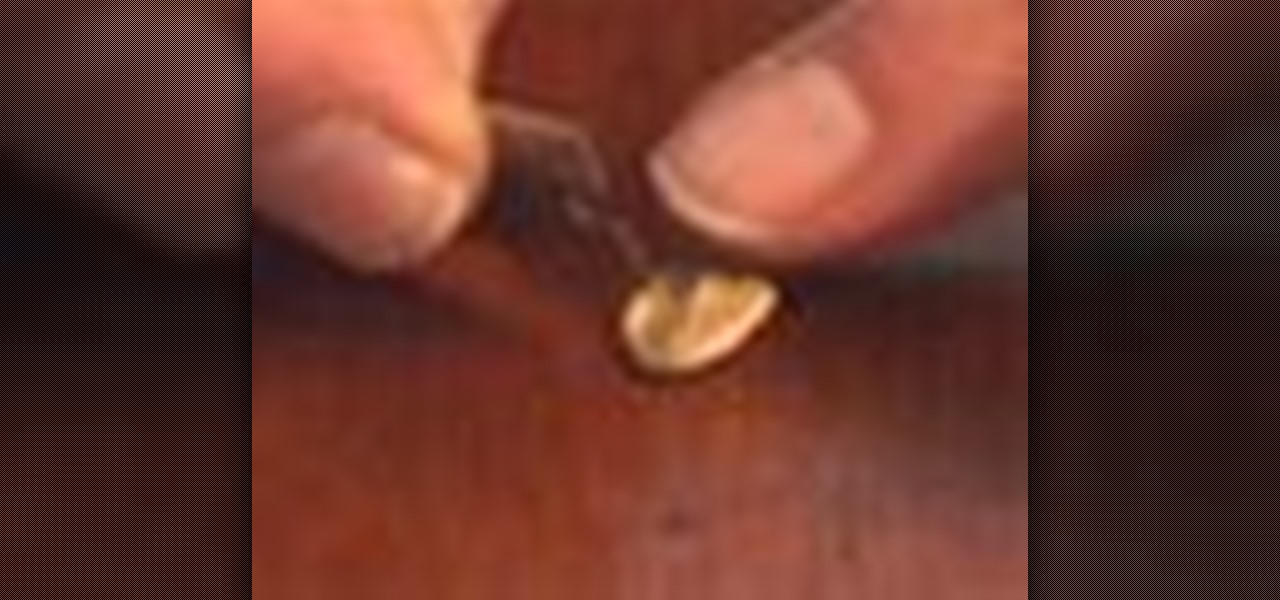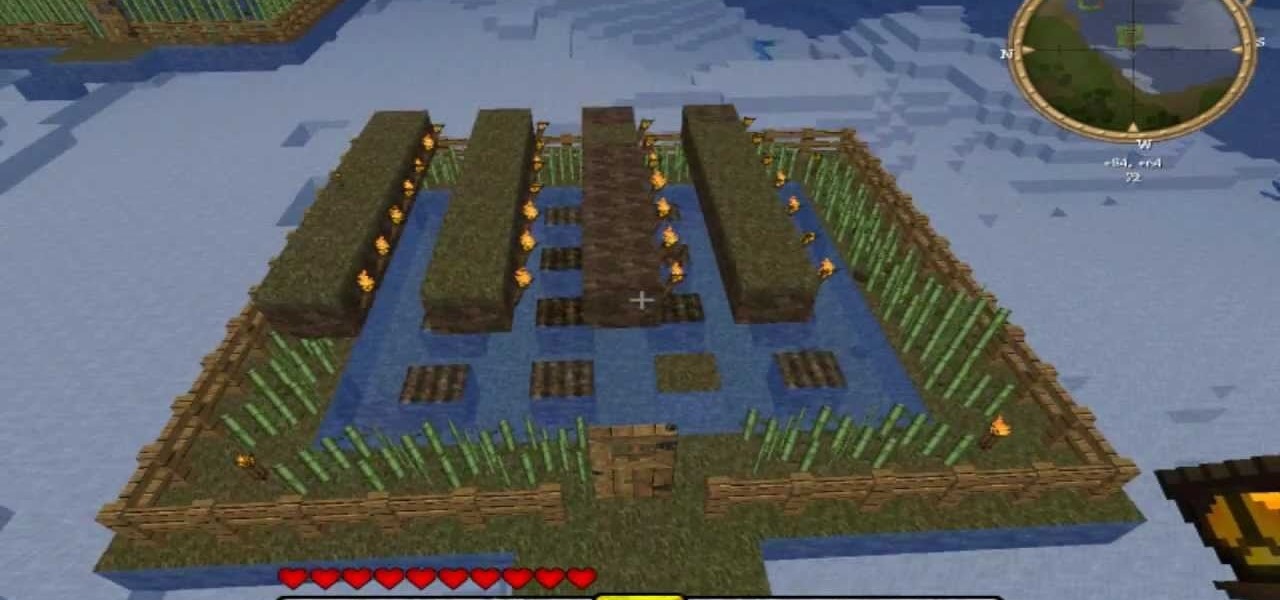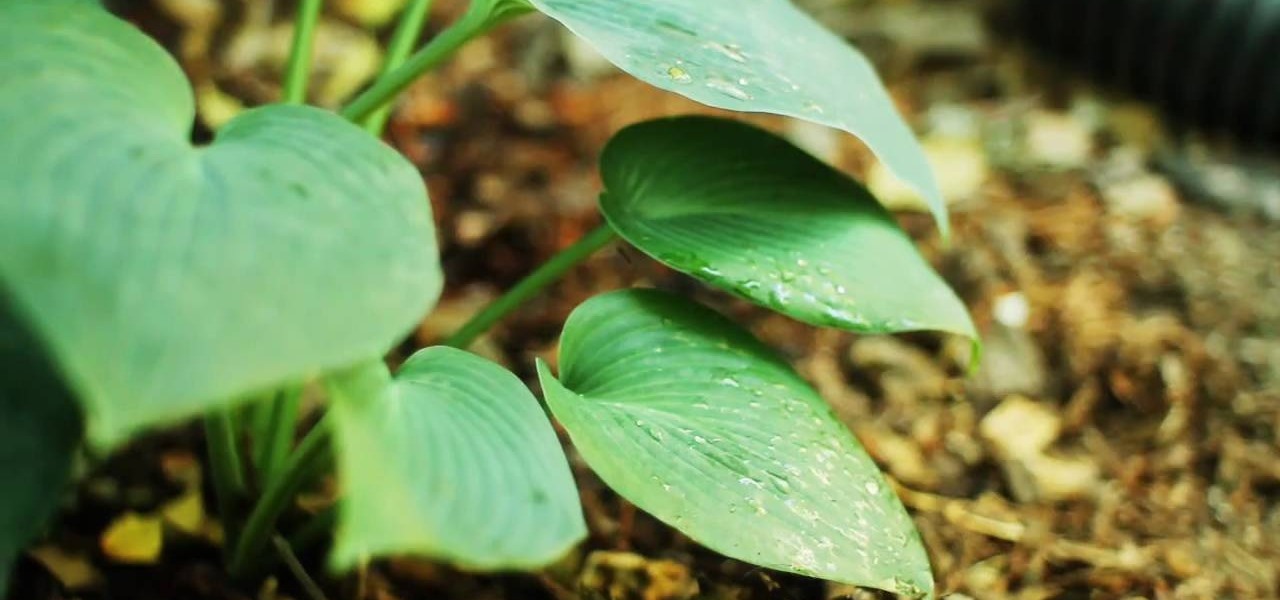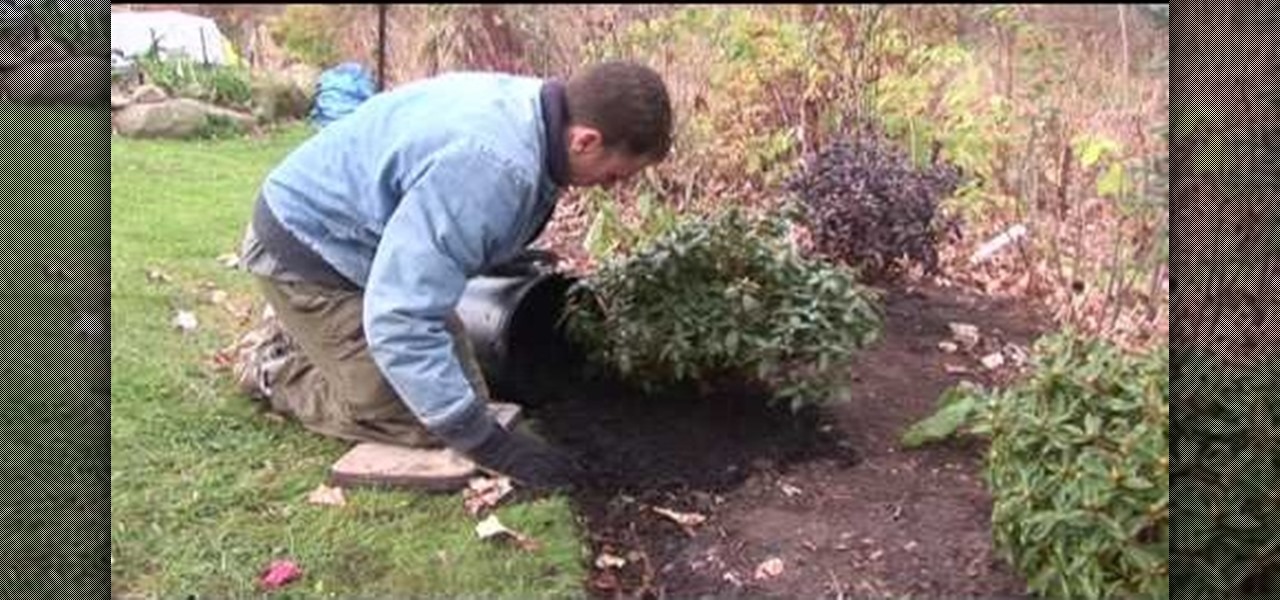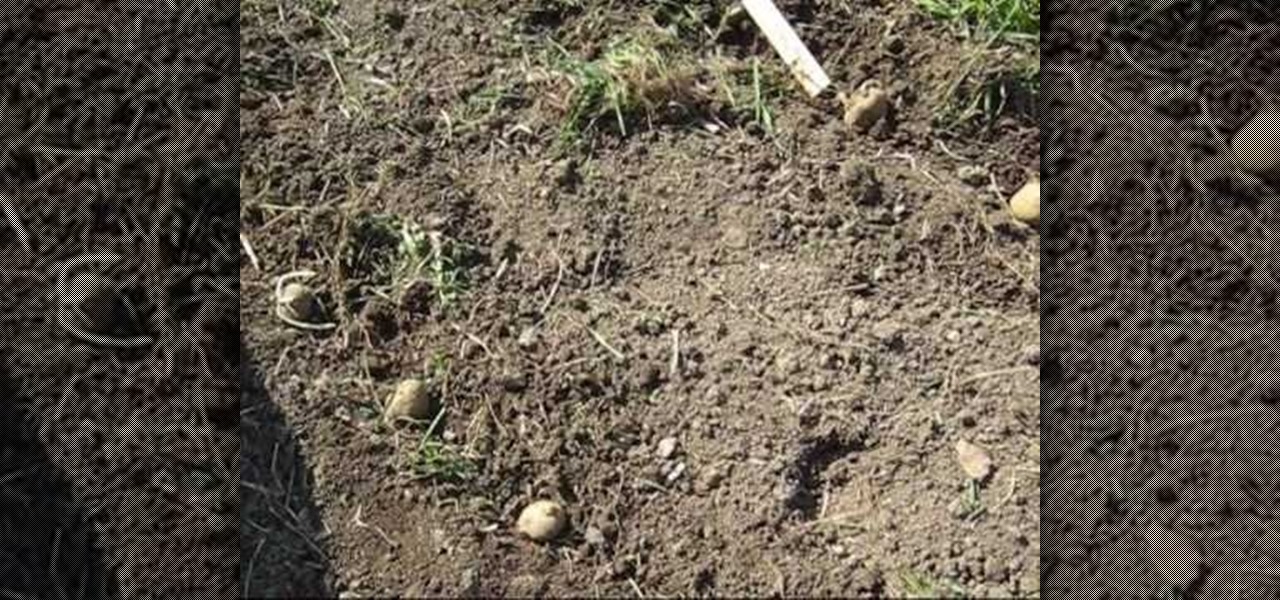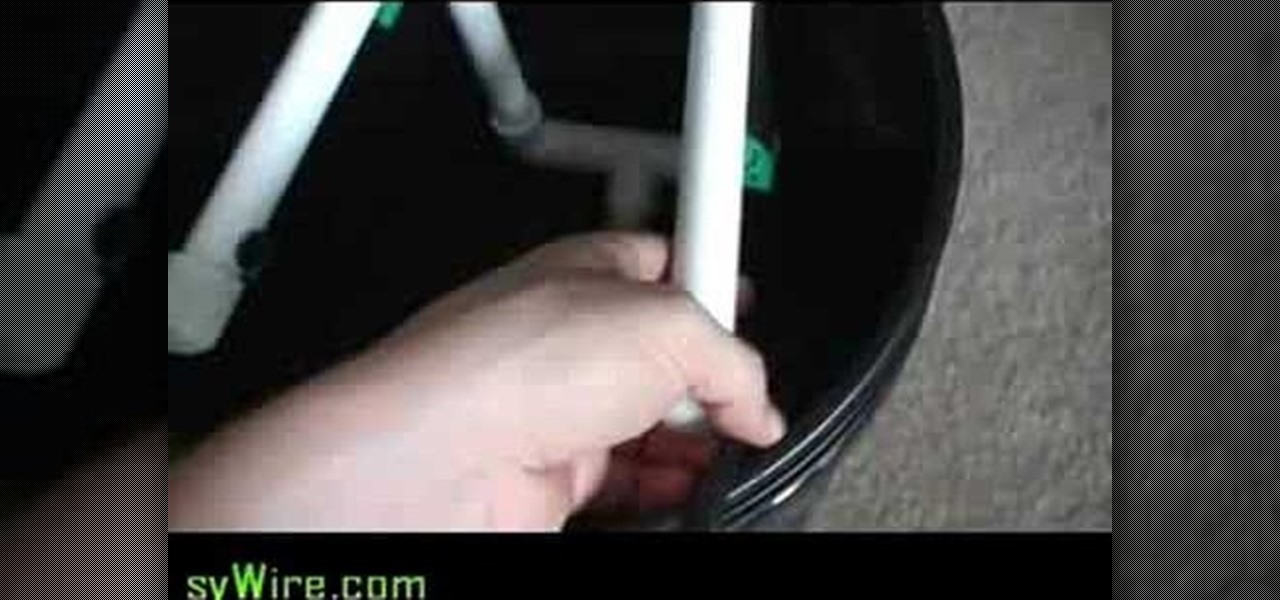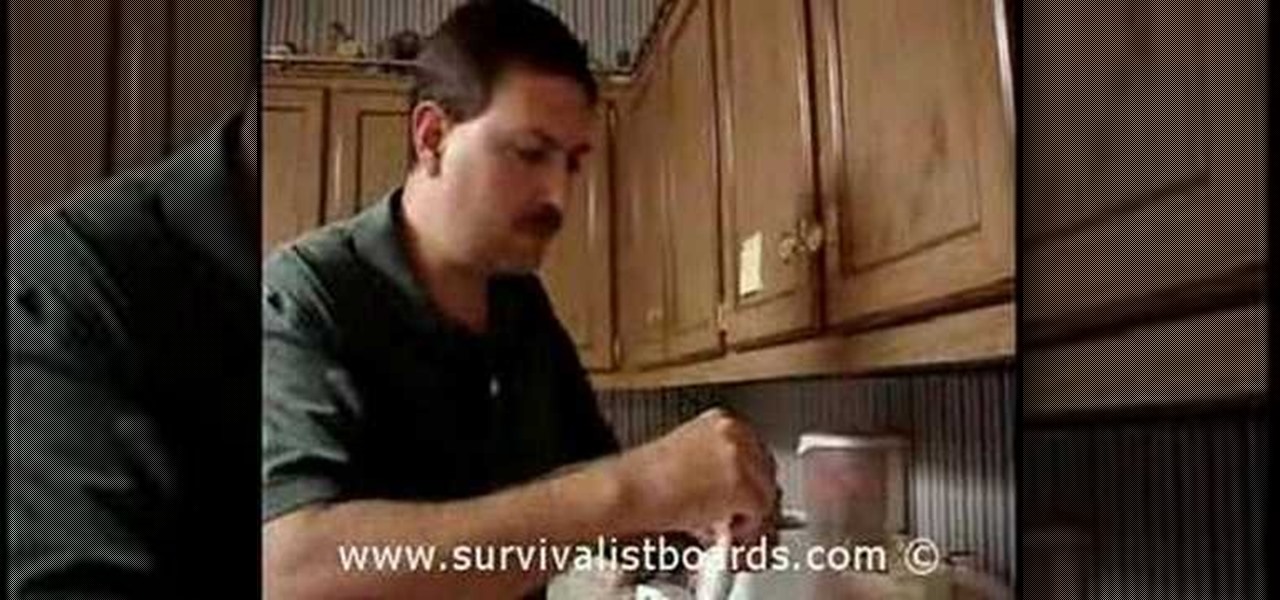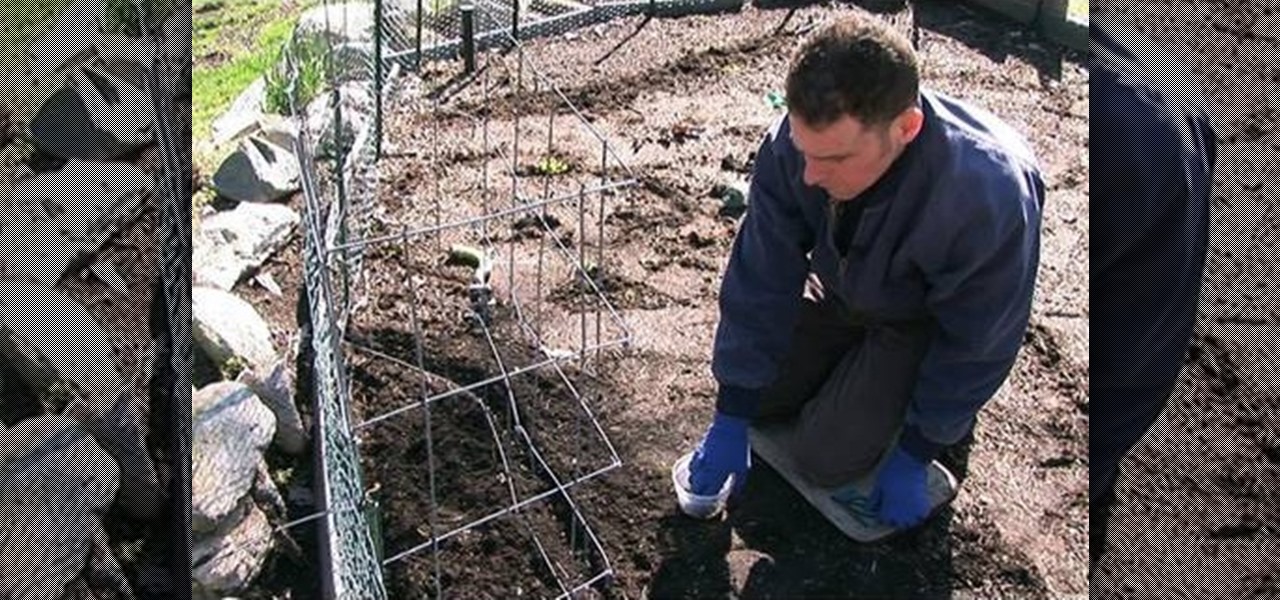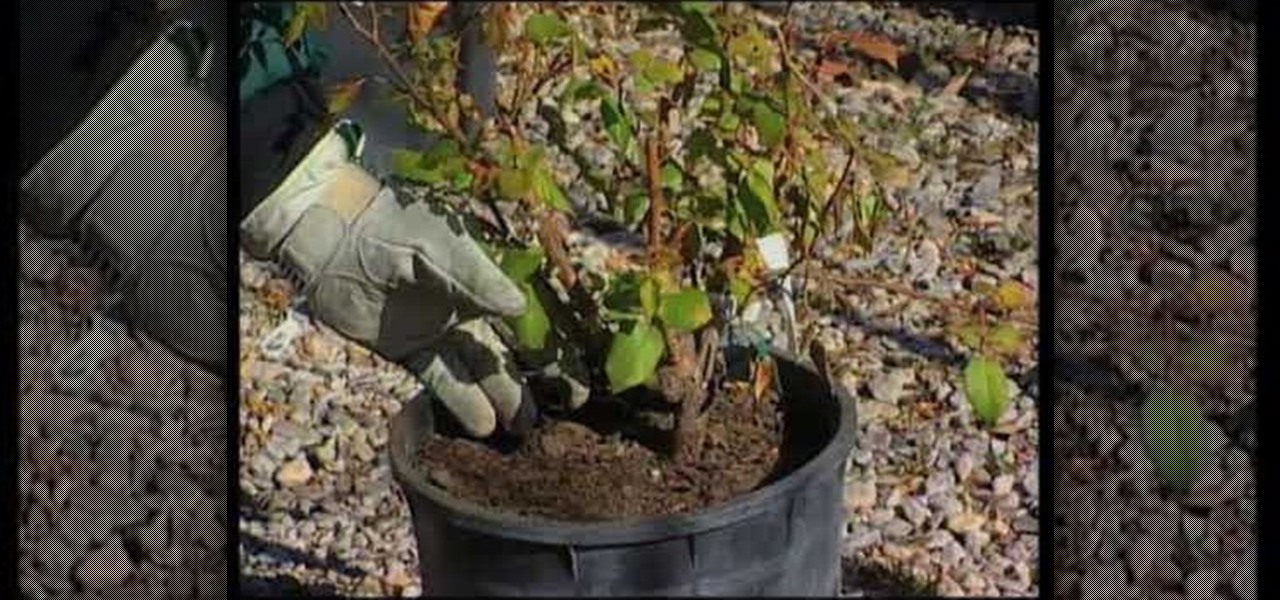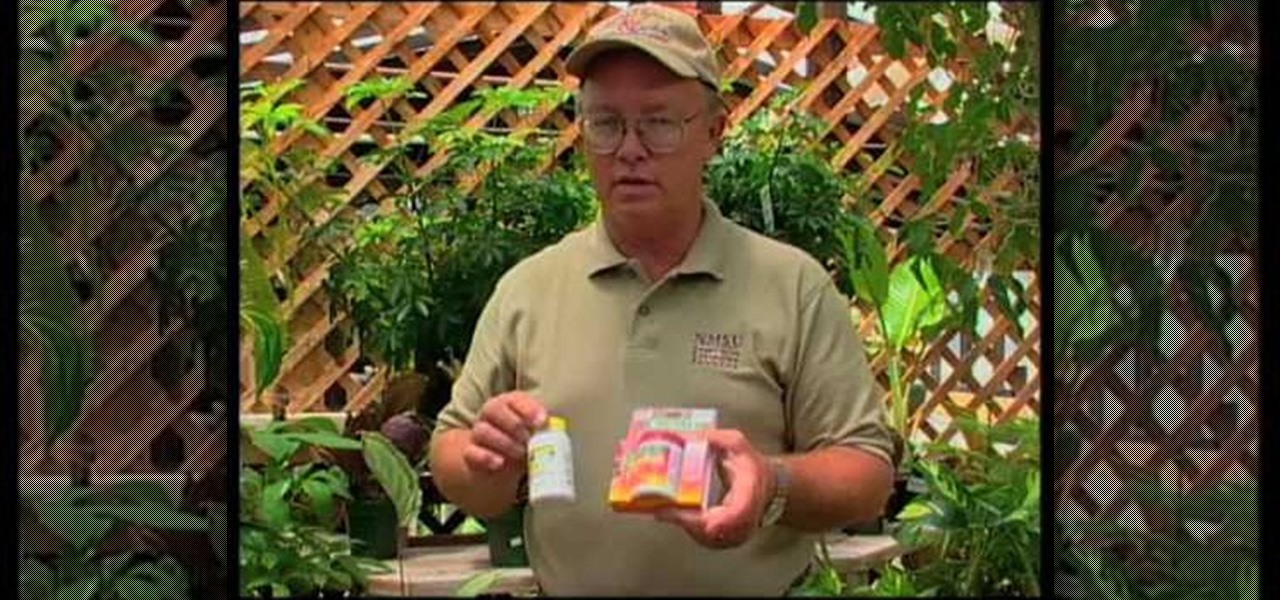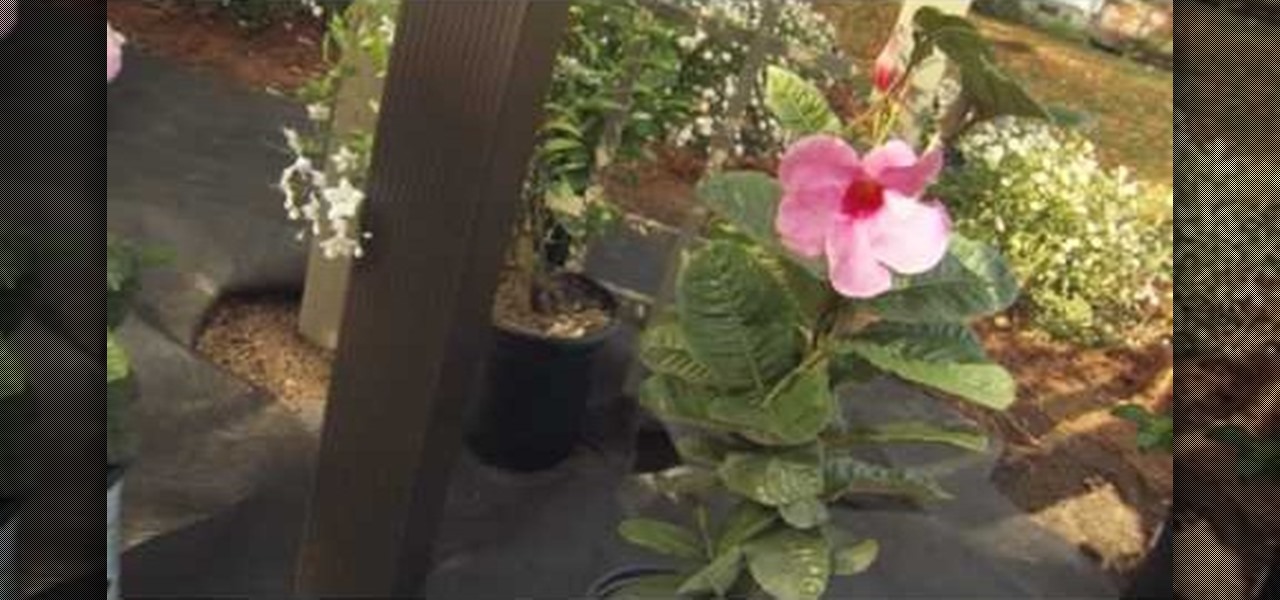
Mailboxes don't have to look all lonesome, with only the curb to cheer them up. If you have one of those street boxes on a post instead of a house box, the best thing to do to make a happy mailbox is to give it some company. To improve your home's curbside appeal, take your landscaping efforts to the curb and enhance the area around the mailbox. It's a great way to accentuate your landscape.
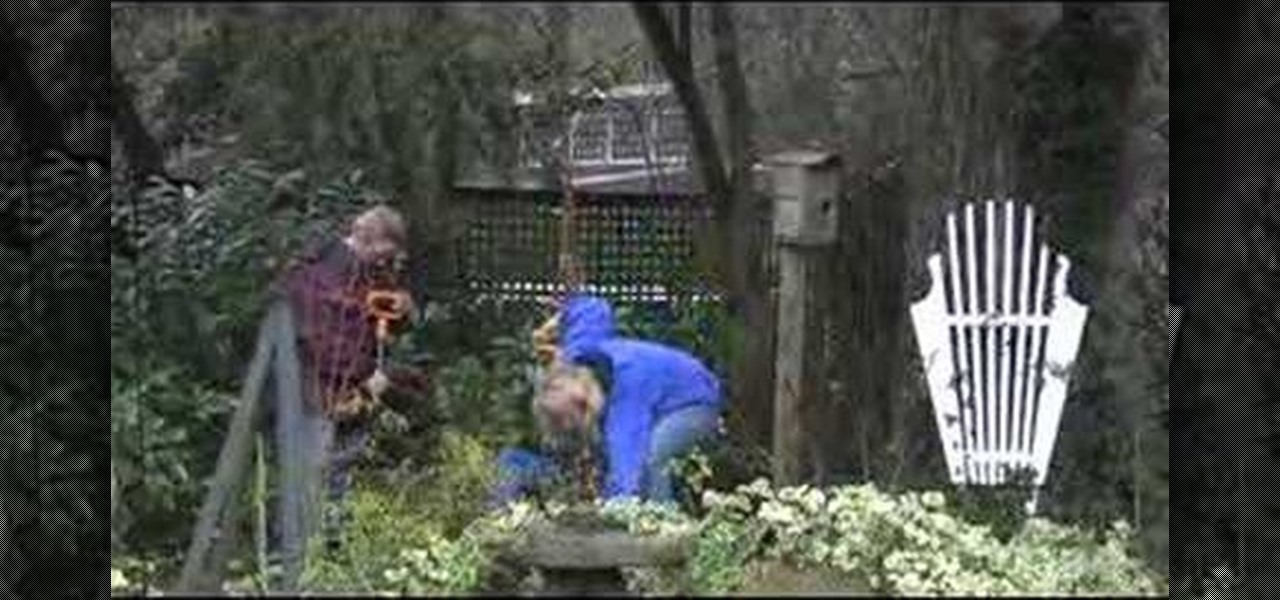
Beautify your surroundings and offset global carbon emissions by planting a tree. Oregonian writers Kym Pokorny and Anne Jaeger demonstrate best practices for tree planting as they plant a dogwood in this brief tutorial.
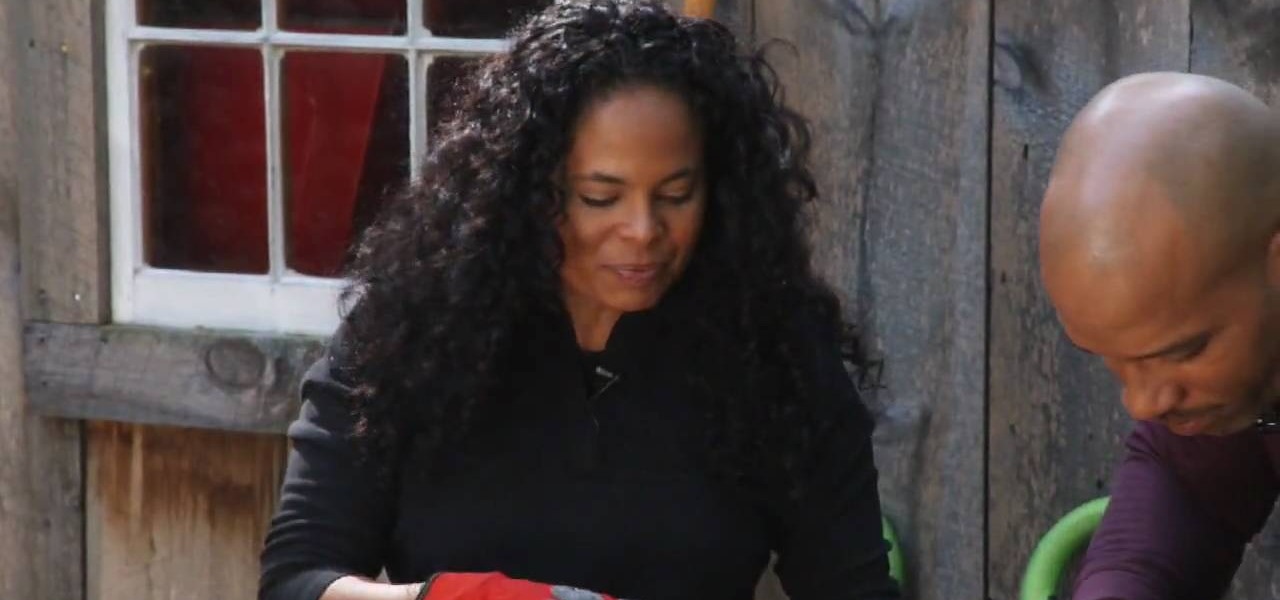
In this video, we learn how to prepare a raised bed garden for planting. First, clear some of the debris that was left from last year. Then, take a pitchfork and loosen the soil all around the bed. Bring the soil from the bottom up to the top to make it stay loose throughout the bed. Then, start shoveling the soil around the bed and then add in some manure to the bed and mix together with the shovel. Worms in the compost will give you a lot of nutrients and help break down the manure. When fi...

Why wouldn't you want to grow a maple tree? Not only would planting and watering it help relieve stress and help you become one with nature rather than with Facebook, but the tree also produces maple syrup.
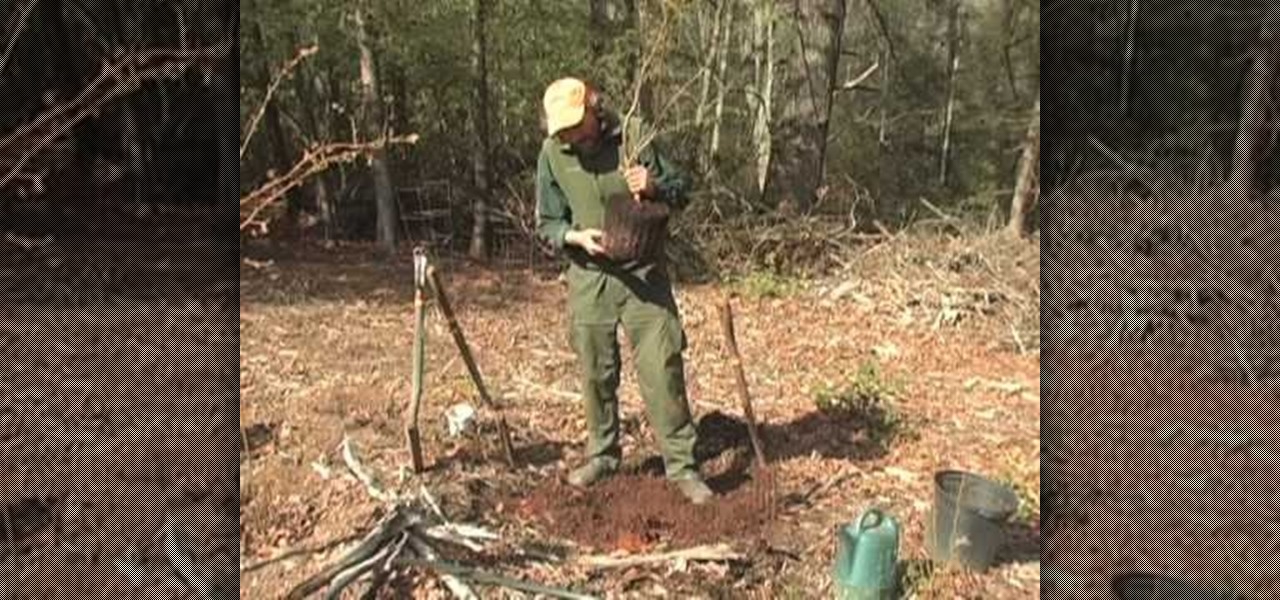
If you're looking for a fruit plant that will provide you and others with a great tasting fruit that is very nutritious, try the blueberry. Planting a blueberry ush in your yard is a pretty easy task to do and is something that you and others will enjoy.
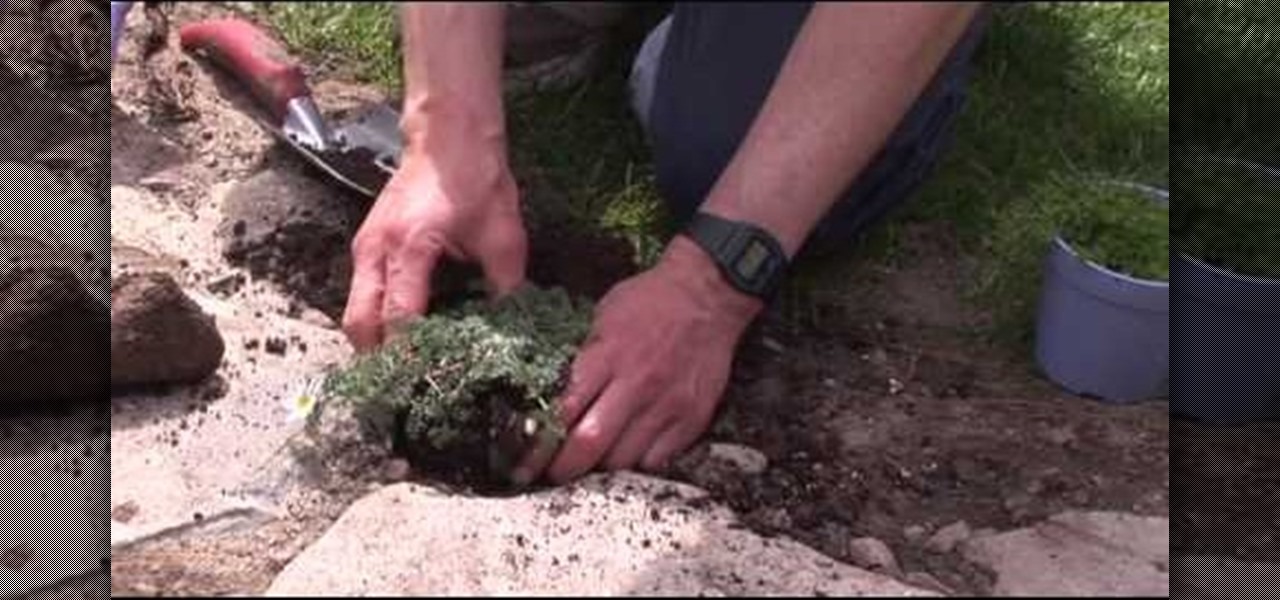
Stone walks can look a bit intimidating. But by planting small plants you can make a stone walk both welcoming and beautiful. You want to plant something that is hardy and still attractive. You shouldn't plant on a heavily traveled area, but this technique is perfect for a lightly traveled path. When planting in between stones, dig a small hole for the plant and place it gently between the stones. As with all plantings, you will want to immediately water after you put the plant into the soil....

You may know your onions but do you know your garlic? If not, you'll be well served by this gardener's guide, which presents an overview of the different varieties available for planting (including soft-neck, hard-neck and so-called elephant varieties) and provides tips on actually planting the stuff in your own garden.

Dave shows you all the secrets to successful late-season bulb planting.

The video demonstrates the process of planting corn in a small soil-patch in your garden. The lady presenting you the video uses a 75g packet of Corn Honey & Cream Bicolor seeds from Heritage Gardens. Be aware that the corn cross pollinates very easily and hence you have to separate the different types of corn by planting time or by distance. The video says that 150 feet distance between different corn types is recommended but in smaller gardens, spacing can be achieved by different planting ...

Flowering bulbs require some few common tools before planting such as compost or peat moss, work gloves, fertilizer, garden trowel or bulb planter and the garden bulb of your choice. During the spring season you can plant tender bulbs such as, irises, gladiolus and elephant ears. In terms of fall plantings you can plant bulbs such as tulips, daffodils, hyacinths and crocuses which could give a beautiful bloom in the spring. In general the blooms will last till three to four weeks, bulbs such ...

The Abbas ATW is a variation of the around the world freestyle soccer trick where it is combined with a reverse crossover to create an awesome new combo trick. It really consists of each trick independently but performed in succession with a small toe bounce in the middle, and it looks so smooth.

This video explains how to solve several problems associated with gardening in arid environments. Rhubarb is a plant that is commonly grown in colder environments. In arid environments, its very important to not over water it, so keep it in a sandy soil with lots of organic compost material. Plants such as the peace lily also need well irrigated soil, so it is important to pot it in an organic potting soil in a location that allows the water to drain away from the pot instead of soaking back ...

Farming in Minecraft isn't the most exciting part of the game, but it's essential for making the high-level food items like cake so you'd better get used to it. This video will walk you through all aspects of Minecraft farming, including getting seeds, using your hoe to til the soil, planting the crops, and then using bonemeal to make them grow fast.

In this tutorial, learn how to set up a hydroponic tower for growing easy and healthy plants.

In this short how-to video, self-described earth mother Mayo Underwood demonstrates how you can germinate seeds in damp paper towels prior to planting them in your personal garden. Watch this tutorial and start some seeds of your own today!

Planting a little lawn in a coworker’s keyboard is a nice way to welcome him back from vacation.

Scott from Spring Hill Nursery with Step by Step Gardening talks about planting fall bulbs. Planting bulbs is very easy. You just need a shovel, good soil, and lots of water. The bulbs he plants are tulips bulbs, lily bulbs, glad corms, and iris rhizomes. All of these must be planted in the fall to bloom in the spring. It's easiest to dig one big hole - about 6-8" deep - and plant all of your bulbs at once. A random pattern yields a natural look. Once you've placed your bulbs, put about 2"-3"...

In this video Daniel Gasteiger demonstrates how to make a kitchen garden by planting seeds in pellets made of compressed peat moss. If the seeds are to be replanted outside this needs to be started 4 to 6 weeks before the last frost.

After receiving your dahlia tuber in the mail, dig a hole where you want the flowers to bloom in your garden. It should be big enough to place the whole tuber into and be completely covered by dirt. Before planting your tuber, you need to find where the head is. Find where the stalk was last year. When placing it in the ground, make sure the stalk is pointing up. After planting, your tuber should be flowering in about 4 weeks. Because the wind and rain can be tough on your flowers, it's a goo...

This animated video, produced by Jewish Pathways, demonstrates how to wash your hands in accordance with Jewish law before eating bread. Besides cleanliness and holiness, the instant reason the rabbis call for washing before bread is to keep alive the memory of the proper treatment of teruma (the first priestly tithe that may be eaten only by kohanim and their instant families, and that must be eaten only in the absence of any tum’ah – ritual defilement).

Assassins usually aren't tasked with killing tons of people at once, but sometimes things just get messy. Watch this video to learn how to get the Serial Killer achievement / trophy in Assassin's Creed Brotherhood by killing ten guards in rapid succession.

To prepare for planting take a fork and poke it into the ground and loosen up the ground. Do this throughout the beds so that the ground is completely loosened up. After you finish loosening the soil take a shovel and dig to the bottom of the bed and turn the soil over. If there are leaves in the bed go ahead and turn the leaves over into the soil. It will provide extra compost for the soil. Add some rabbit manure to the soil to provide extra nutrients. Turn the manure into the soil so that i...

Most seeds have a thick outer shell meant to protect the soft inner seed. 'Nicking' is a gardening technique to remove the outer shell so the seed will germinate faster in your garden after planting. You can use water, sandpaper, a nail file or even sulfuric acid to nick your seeds.

You may not realize it, but saving energy is as easy as planting a tree. Literally. Finding a great shade tree for a certain area outside your home, can help save energy in your home by offering some free shade during hot summer days.

Protect and preserve your garden from winter chill by cutting back shrubs, putting down cool weather fertilizer, transplanting and planting spring bulbs.

In percussion, the paradiddle is a four-note pattern of the form RLRR or LRLL. When multiple paradiddles are played in succession, the first note always alternates between right and left. Paradiddles. Isn't that a funny word? It's reason enough to watch this.

Ensure your supply of wood with this self-growing tree farm design for Terraria. Tired of planting acorns every time you need to grow a tree? Watch this video and learn this technique for creating a self-sustaining tree farm in Terraria.

Wondering how to build a farm in Minecraft? Watch this video for a detailed guide to designing and creating a farm. You'll learn about planting and irrigation techniques so that the farm you build will basically take care of itself.

Green gardening is using things you find around the house for your planting. Recycle your old newspaper to create small seed pots that will biodegrade in the surrounding soil after you transplant them. This is an easy technique for starting your plants from seeds.

In this informative video tutorial, you'll be finding out about the herbaceous pernnials also known as hostas. These plants are great for either very sunny or shady areas. They come in many different sizes and shapes and are very easy to grow. So check out this tutorial, to find out more about the plants and how to spread them around your yard for planting. Good luck and enjoy!

Planting potatoes is a great way to test the power of your green finger. It's a fairly easy vegetable to grow and the results are beautiful and delicious potatoes that can be used with any great meal. So in this helpful video tutorial, you'll find out what you need to do in order to plant potatoes in your yard. Good luck and enjoy!

In this garden video, you'll learn how to get ready for the winter by laying down mulch for new plants. Mulching new plantings for the winter is very important for protection during the snowy months, and it improves the look of the beds, keeps some weed down, and keeps the moisture in the soil (although too much keeps the moisture out).

Interested in planting potatoes? Start a self-sustaining garden full of veggies you can take from your garden, straight to your dinner plate. Plant potatoes 8 inches apart and about 4 inches deep. When the plants grow about 6 to 8 inches tall, start to hill up the sides. Learn more about how to plant potatoes yourself from this video presented by Homestead Acres.

While ready-to-go seedlings have their place, it's also useful (and considerably cheaper) to know how to start your own seeds, which is where this free gardening tutorial comes in: with it, you'll learn how to germinate your own seeds for planting in your garden. Specifically, this tutorial looks at how to start tomato seeds.

Wondering how to get started with hydroponic gardening? In this video tutorial, you'll find step-by-step instructions on how to build a complete hydroponic system inside of a five-gallon bucket (with an optional fogger attachment) as well as tips for clone planting. Start gardening hydroponically with this how-to.

How to get your seeds to sprout so you can plant them. Its common practice to plant 3 seeds an inch apart and see how many sprout. Using this method, you only plant the seeds that sprout. This saves time and eliminates waste.

There is nothing like fresh vegetables from the garden. Dave Epstein shows us the secrets to planting peas.

Southwest Yard and Garden teaches viewers how to prepare garden soil for planting. You can use compost to work this into your soil. You can make your own compost and you can also buy compost. First, you can use a flat bladed spade or a sharp shooter spade to double dig your garden soil. First, you should dig double deep into the soil and turn the soil to the side. What you want to do is dig a trench. Go back to the beginning of the trench and dig a second depth. You will want to get below the...

John White, a Doña Ana County Extension Agent, highlights a new section on the show - a monthly checklist for the garden. This time, he talks about what to do in your garden in the month of February. The checklist includes planting dormant plants, pruning with a purpose and applying herbicides and pesticides. He shows us various types of dormant plants that can be purchased from nurseries in February for planting such as potted, bare-root or root-balled plants wrapped in burlap. As for prunin...

John White discusses how to propagate houseplants. You will need a potting mix called a “soilless” mix, which contains only vermiculite, perlite and peat moss. In addition you will need a sharp knife, a pruner and a weeding hormone to help induce root growth on the cuttings.









